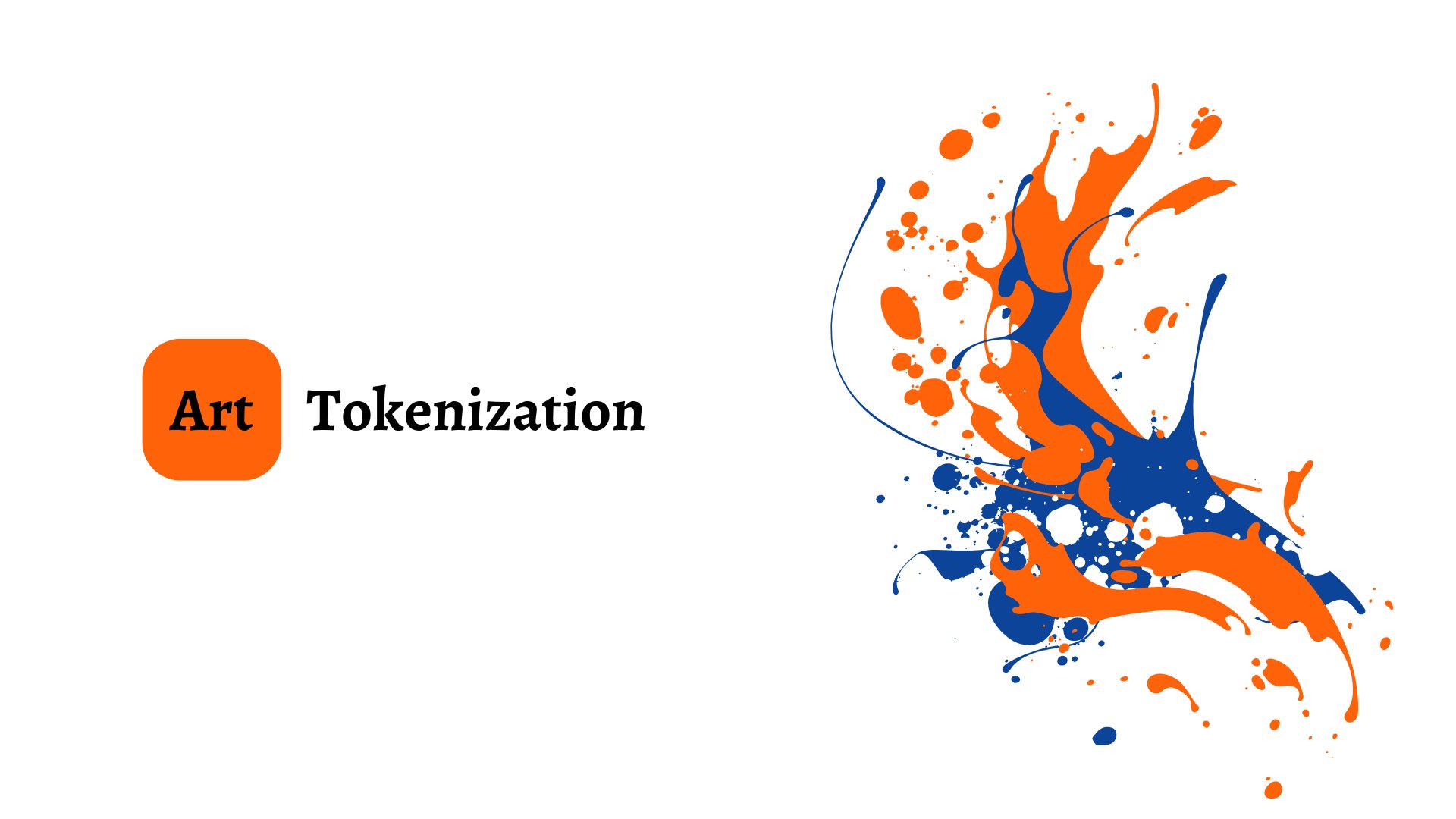Develop your own “state of the art” art tokenization platform for a rewarding business venture in the Web3 space
Art tokenization is the process of fragmentation of art property into representative tokens.

Recently, Picasso's masterpiece artwork Fillette au beret's legal rights were teleported into a blockchain by a Zurich-based crypto bank. After the artwork was converted into a digital token, it was chopped into 4000 tokens and sold to more than 50 investors at $1040 a piece. This fascinating concept of tokenizing a five-decade-old artwork was made possible by blockchain technology. Tokenization has opened up new lucrative opportunities for artists while making their artworks decentralized and more digitally accessible. The tokenization of art has empowered creators, as they can monetize their work without any intermediaries. These unique aspects of art tokenization have opened up many new opportunities for entrepreneurs. Let's get to know a bit more about art tokenization and how art tokenization platform development can be a rewarding business venture.
Art tokenization
It was not long ago when artworks were sold in auctions to a limited number of people with a paddle. The extravagant price for these artworks made it challenging to be sold to a wider audience. The tokenization of art with blockchain addresses these issues and empowers creators. So what does art tokenization exactly mean? Art tokenization is the process of fragmentation of art property into representative tokens.
Types of art tokenization:
Commercial gallery tokenization: Ownership of the artwork by an audited fractionalization with adherence to regulations and standards.
Single art tokenization: One can tokenize their single artwork and raise funds to gain capital for their future works.
Trophy art tokenization: You can liquidate your trophy artworks to raise funds for your future art projects in a secure and compliant manner.
Benefits of art tokenization:
Increased liquidity: Tokenization of art and particularly selling fragments of artworks increases the liquidity for art in the market. Tokenization also gives access to a wider investor base.
Swift and cost-effective transactions: With the involvement of smart contracts, third-party involvement in transactions is eliminated, resulting in faster and cost-effective transactions.
More transparency: With tokenization, users can authenticate and verify artworks. Many of the world's leading businesses have already begun working on registering art transactions on the blockchain.
More accessibility: As mentioned above, tokenization opens investment in the art domain to a broader audience with minimum investment rates. Investors can purchase tokens in small percentages of the underlying asset.
Empowering artists: Independent and small artists can list their creations on marketplaces and promote them.
Art tokenization platform:
An art tokenization platform enables users to create, sell, market, and distribute tokens to investors on the platform. Smart contracts in art tokenization platforms would allow users to conduct token offerings effectively. Some features of an art tokenization platform are:
Multiple payment options: Users can execute payments using various payment methods like cryptos, fiat currencies, etc.
Easy distribution: Tokens can be easily distributed to investors from the dashboard. All the data with proof is received from the user and is displayed on the dashboard.
Track performance: users can track the performance of their campaign using the dashboard. One can check if a user has opened, received, or unsubscribed from the program.
Expense tracking: Sellers can track income and expenses on the dashboard. They can display this information to potential investors to gain their trust.
Advantages of an art tokenization platform
- Automated legal compliance
- Multi-ledger art tokens
- KYC authentication
- Fragmented token distribution
- Sophisticated fundraising dashboard
- Multi-factor security verification
Future of art tokenization:
The market value for the global art industry was valued at nearly 64 billion dollars in 2018. The NFT boom had a great impact on artworks and the value of digital art has boomed since then. With its lucrative potential and intriguing features, this value is expected to grow exponentially. With a bright future for blockchain-based solutions, art tokenization is expected to grow exponentially in the Web3 space.
To conclude, artworks can sometimes be overpriced, and they also come with other challenges like preservation, maintenance, and restoration. Thus, people step back from investing in artworks even though they want to. Some people may lack the funds to invest in them; this is where the concept of art tokenization plays a vital role. Art tokenization is an intriguing concept that has the potential to shape the future of the art industry. Many entrepreneurs around the world have started to invest in art tokenization platform development. Suppose you're also interested in developing an art tokenization platform. In that case, it is highly recommended that you hire a professional art platform development service for your project, as art tokenization platform development can be an uphill task without any professional help.
Click Here to Visit
What's Your Reaction?




















